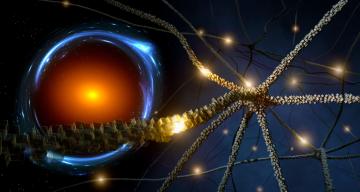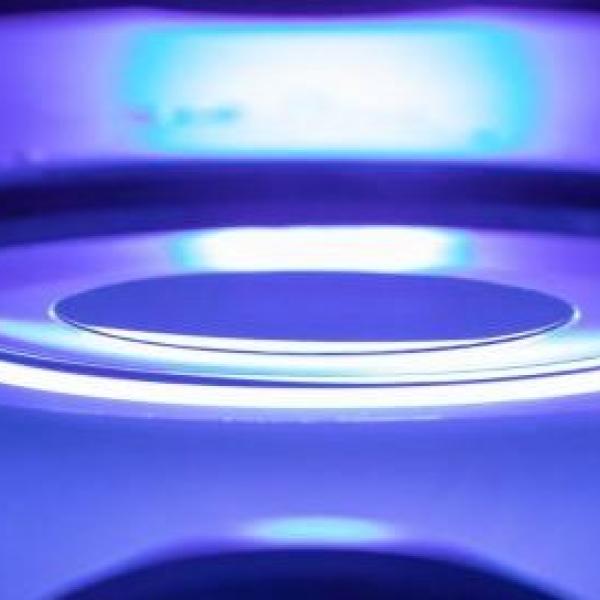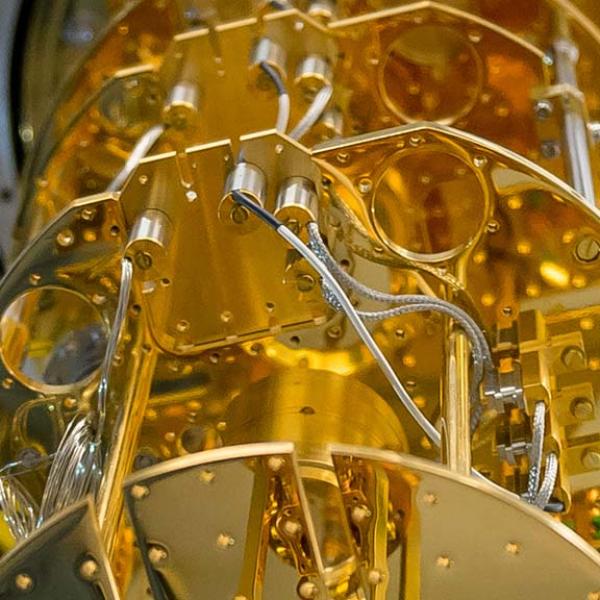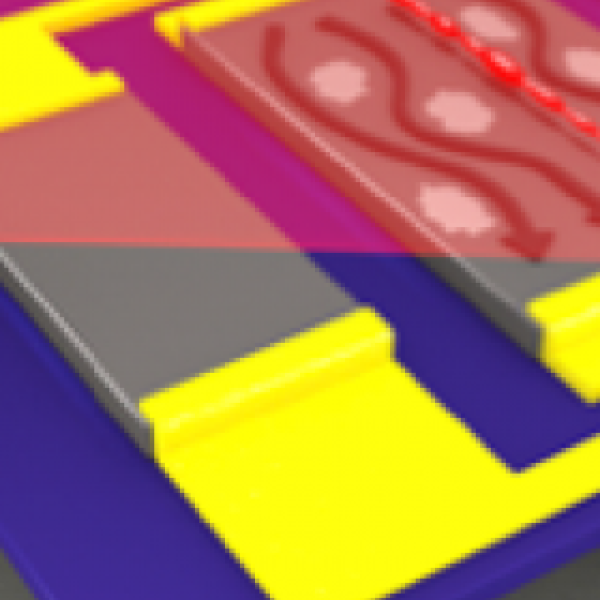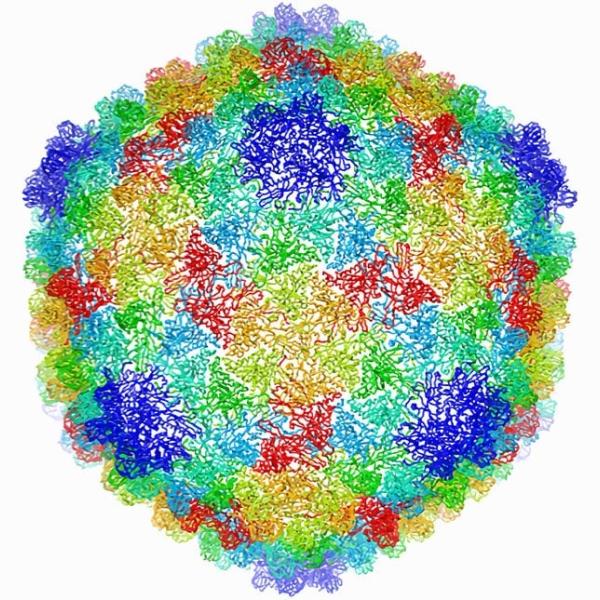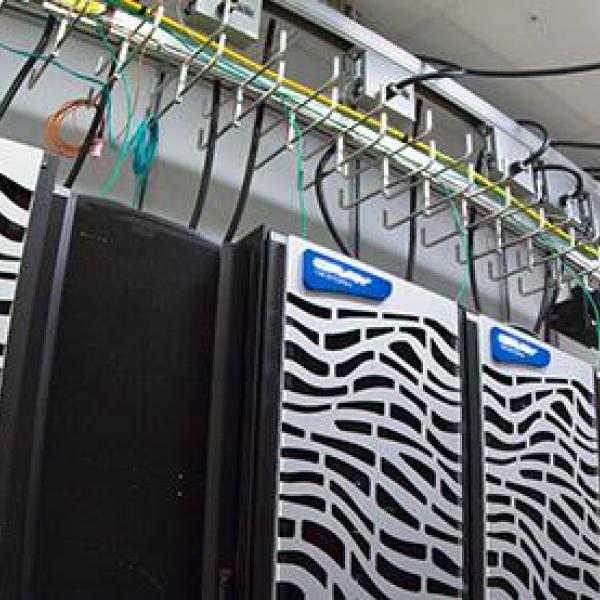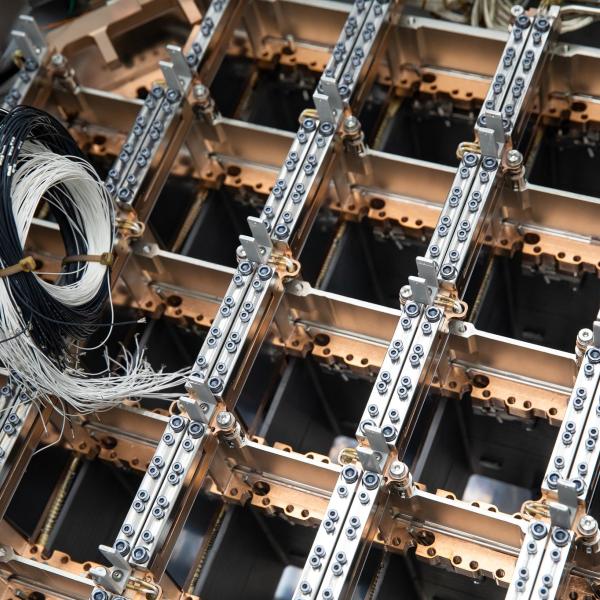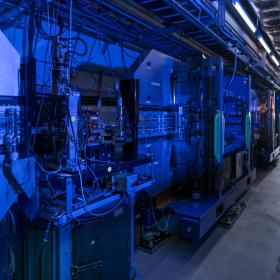Modern technologies create new opportunities for society, and every one of them – from transistors and semiconductors to electric cars and artificial intelligence has its roots in basic science. While some of these technologies, such as fusion energy and quantum computing, are years away from practical application, they have the potential to offer solutions to some of the world’s biggest challenges.
At SLAC, our unique workforce, expertise, facilities and partnerships keep us at the forefront of emerging research areas that are the foundation of technologies that will shape our future.
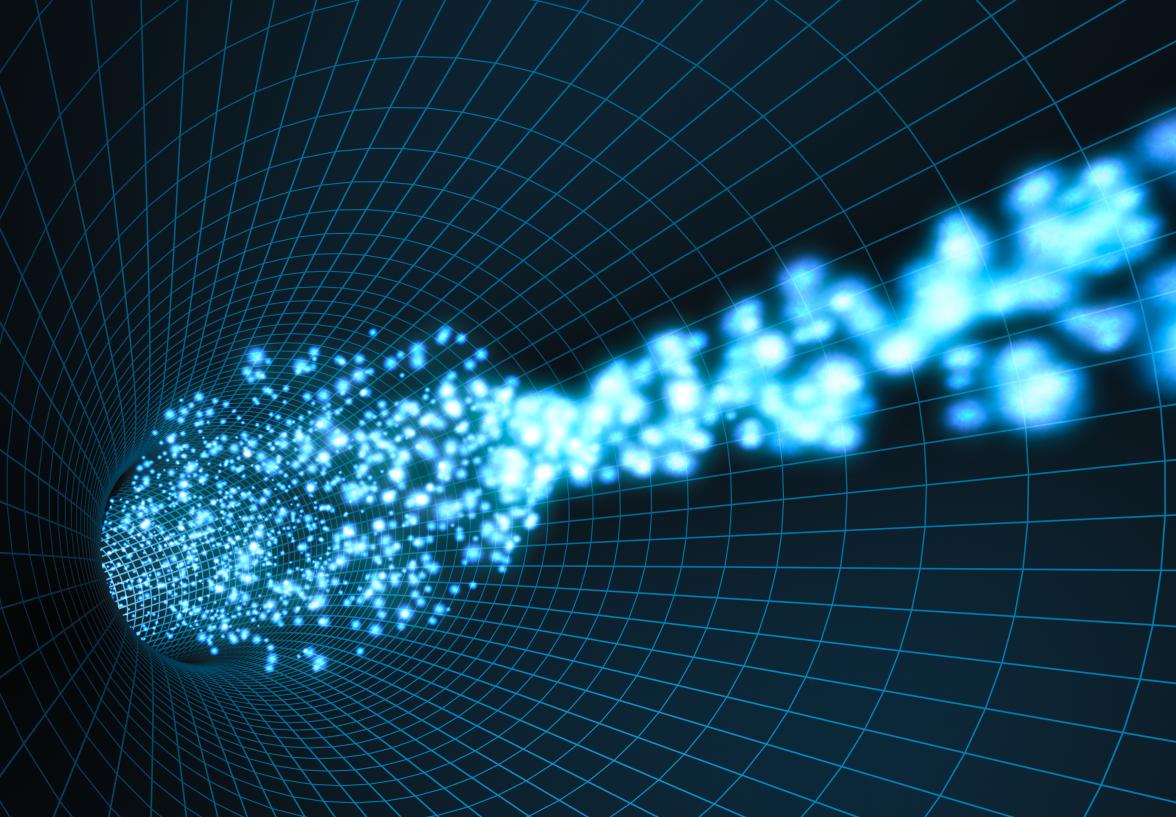
Quantum information science (QIS)
The coming quantum technology revolution will profoundly change our understanding of the world and the way we live. SLAC research, including quantum materials for unprecedented computing technologies and ultrasensitive sensors for detecting dark matter, will expedite that transition and help build the quantum workforce of the future.

Fusion energy
SLAC partners with other institutions to develop technology that could pave the way for practical fusion energy, addressing global clean energy needs and keeping the U.S. at the forefront of this crucial research area. As a collaborator in two DOE fusion hubs, SLAC is focused on building technologies to make fusion energy a reality and the workforce needed to bring about that future..
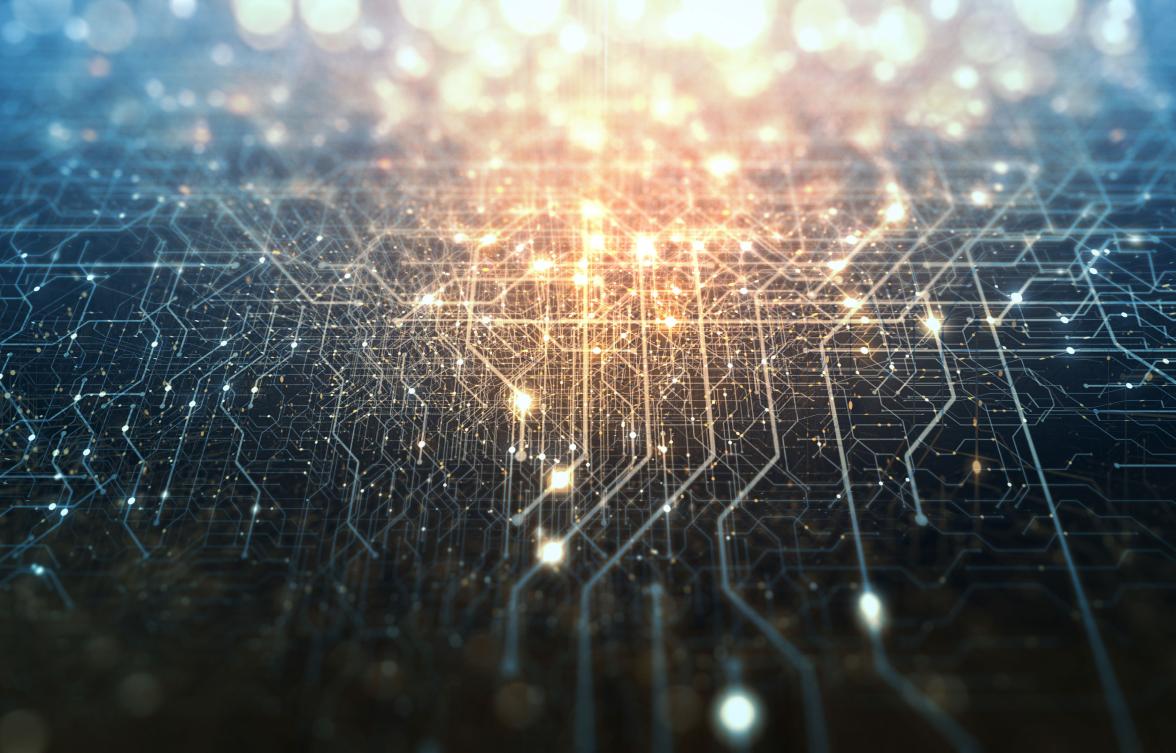
Machine learning/AI
Machine learning, a form of artificial intelligence (A.I.), outperforms traditional computational methods in many areas, for instance by vastly speeding up the tedious handling of huge batches of complex data. At SLAC, researchers use it to advance the lab’s unique scientific facilities and research.
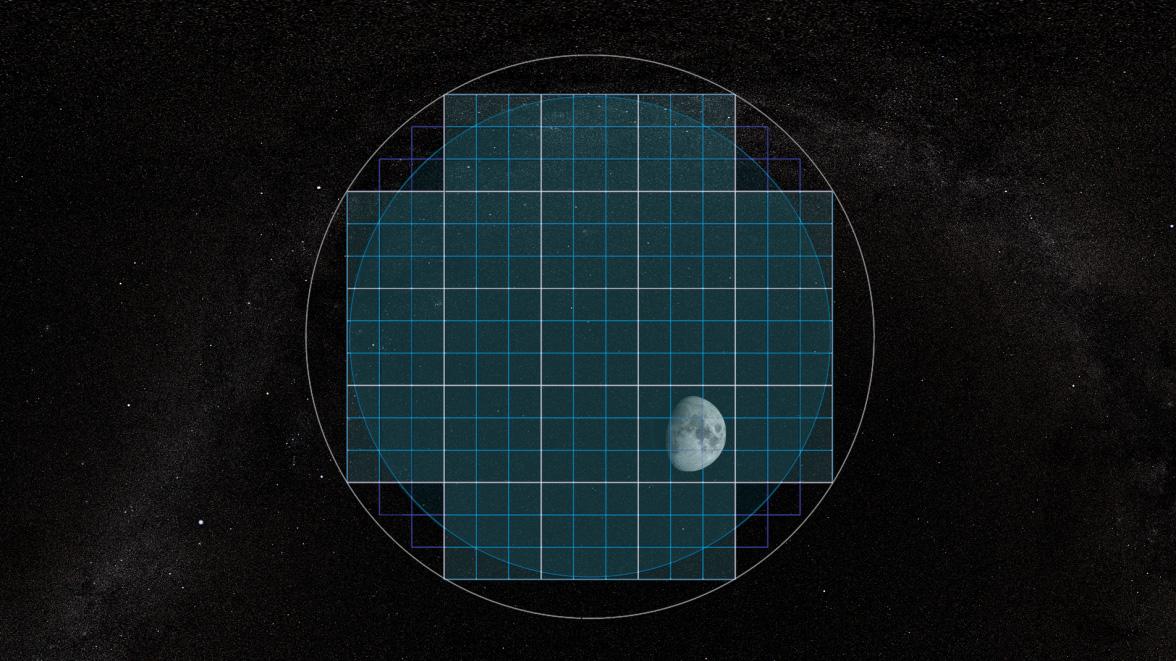
Big data
SLAC researchers are preparing for a new generation of scientific instruments and experiments that will generate enormous streams of data. They’re developing software that can run on future exascale supercomputers and tools that will allow researchers to collect and analyze unprecedented volumes of data in a very short time.
Semiconductors & microelectronics
Semiconductors and microelectronics are essential components in technologies of everyday life, from electronic devices, computing and communications to transportation, healthcare and clean energy. SLAC’s decades of experience in developing advanced materials, sensors, circuits and architectures and handling enormous volumes of complex data have equipped it to address critical challenges in semiconductors and microelectronics in partnership with DOE and Stanford.
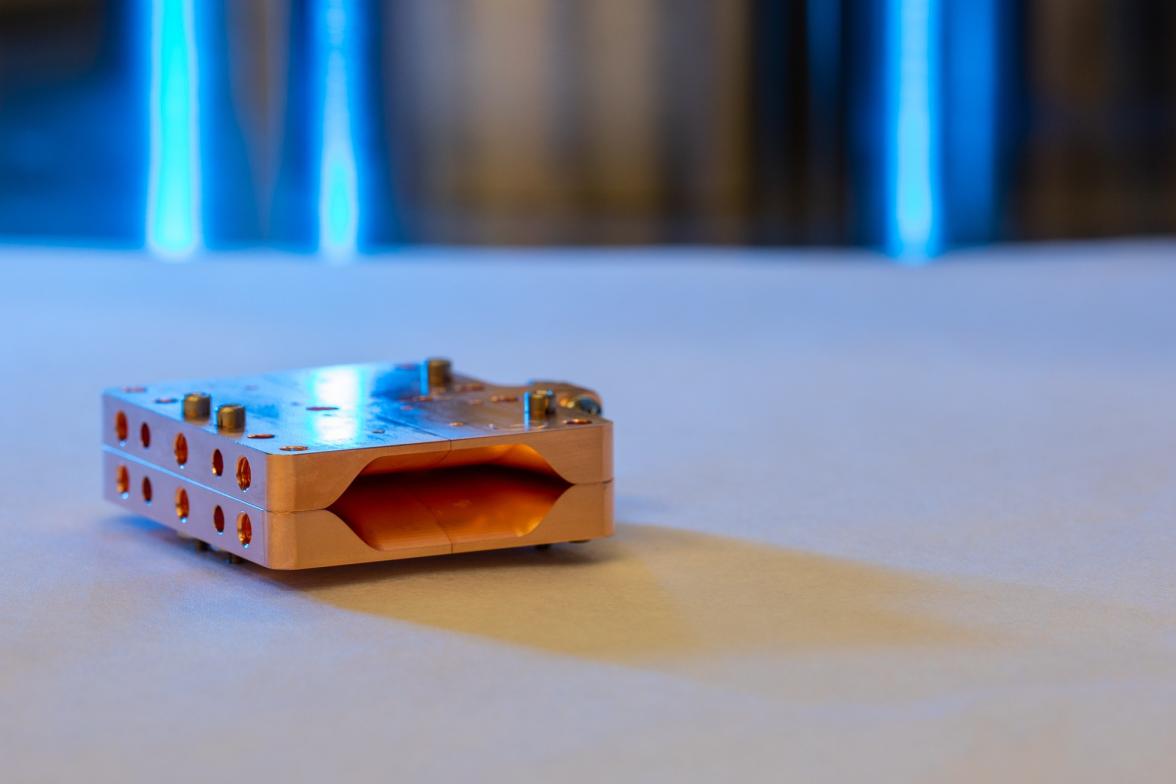
Technology innovation
SLAC’s expert scientists, engineers and technicians are advancing the state of the art in detectors, particle accelerators and radio frequency (RF) technologies, paving the way for progress in astrophysics, biomedicine, national security and other disciplines. We also collaborate with researchers in industry, academia and other laboratories to design, model and fabricate systems based on our innovations.
